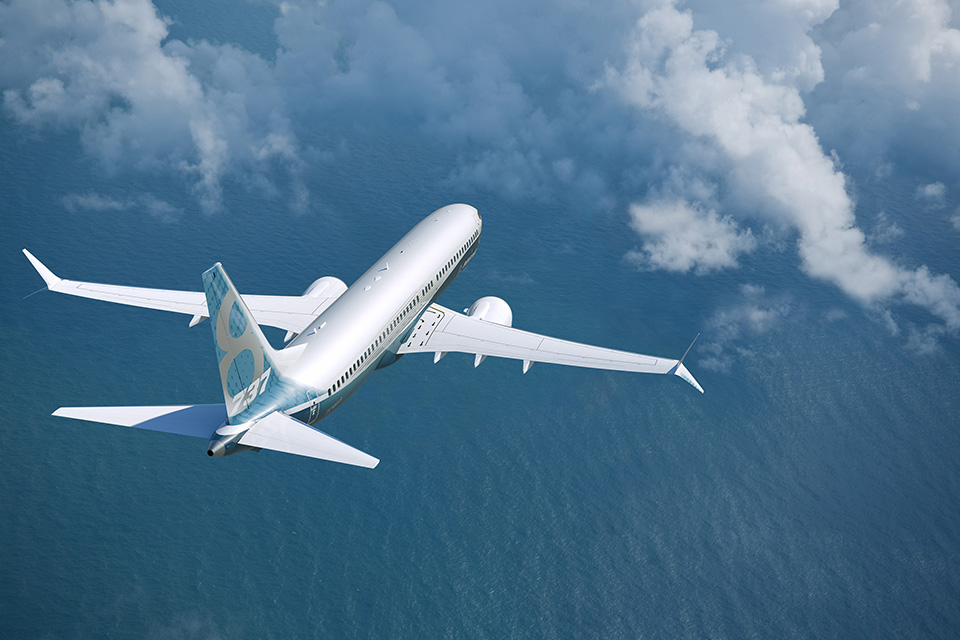
In a new airworthiness direction (AD) dated 3 August, the US Federal Aviation Administration revealed its proposed design changes for the troubled Boeing 737 MAX.
The proposal aims to address the issues raised by the aircraft’s manoeuvring characteristics augmentation system (MCAS), which appeared to be at the heart of two fatal 737 MAX crashes in 2018 and 2019.
As such, the FAA has proposed four key changes to the aircraft, after previously determining that “final corrective action is necessary to address the unsafe condition” of the aircraft.
This first proposed design change is the installation of an entirely new flight control computer (FCC) software, with new control laws.
“These revised flight control laws would use inputs from both AOA sensors to activate MCAS,” the FAA noted.
This is in contrast to the original MCAS design, which relied on data from only one sensor at a time, and allowed repeated MCAS activation as a result of input from a single AOA sensor.
The new FCC and revised control laws are intended to prevent the “erroneous MCAS activation”, and ultimately give the pilots better control over the airplane pitch, an ability that was inhibited under the original MCAS design.
The second design change is the installation of new MAX display system (MDS) software, which essentially works to alert the flight crew should there be an error in one of the two AOA sensors.
The new display will have the capacity to create a visual alert on the airplane’s primary flight display (PFD), which informs the flight crew if there is a disagreement between the angles of attack measured by each of the plane’s two AOA sensors.
The third design change proposed by the FAA is to revise the existing Airplane Flight Manual (AFM), in order to appropriately incorporate new and revised flight crew operating procedures.
This change hopes to ensure that the flight crew have the means to recognise and respond to erroneous stabiliser movement and the effects of a potential AOA sensor failure.
A previous criticism of the 737 MAX was the flight crew were not appropriately trained or informed of the operating procedures under the new operating system.
The fourth proposed change is to change the routing of horizontal stabiliser trim wires, in order to restore compliance with the FAA’s latest wire separation safety standards.
In addition to the above design changes, the FAA has also proposed the requirement for operators to conduct both an AOA sensor test, and an operational readiness flight, prior to returning each plane to service.
According to the FAA, the new airworthiness directive will affect 73 aircraft registered in the US, and repairs will come to a total cost of just over US$1 million for all operators combined.
Further, Boeing will be responsible for making all necessary changes to any aircraft not yet delivered prior to the fleet being grounded.
More detailed information on appropriate pilot training for the revised 737 MAX will be released in the future, and will be evaluated by both the Joint Operations Evaluation Board (JOEB) and the FAA’s Flight Standardization Board (FSB).
Earlier, speaking of the 737 MAX’s journey towards recertification, the FAA said, ”The FAA intends to assure the global community that when the work is completed, the 737 MAX will be safe to operate and meet FAA certification standards.
“Through a thorough, transparent, and inclusive process, the FAA has preliminarily determined that Boeing’s proposed changes to the 737 MAX design, flight crew procedures and maintenance procedures effectively mitigate the airplane-related safety issues that contributed to the … accidents.”
The FAA has now begun a 45-day period of consultation on its proposed changes, and has invited the public forward to comment on its proposal.










